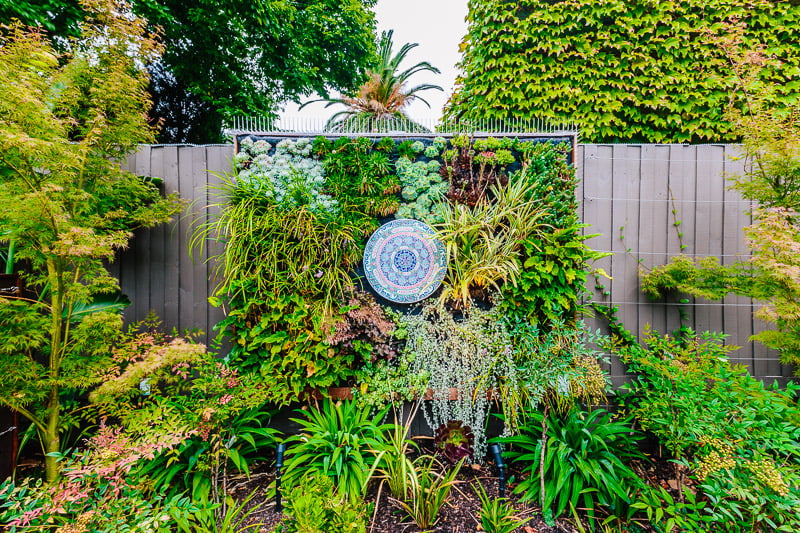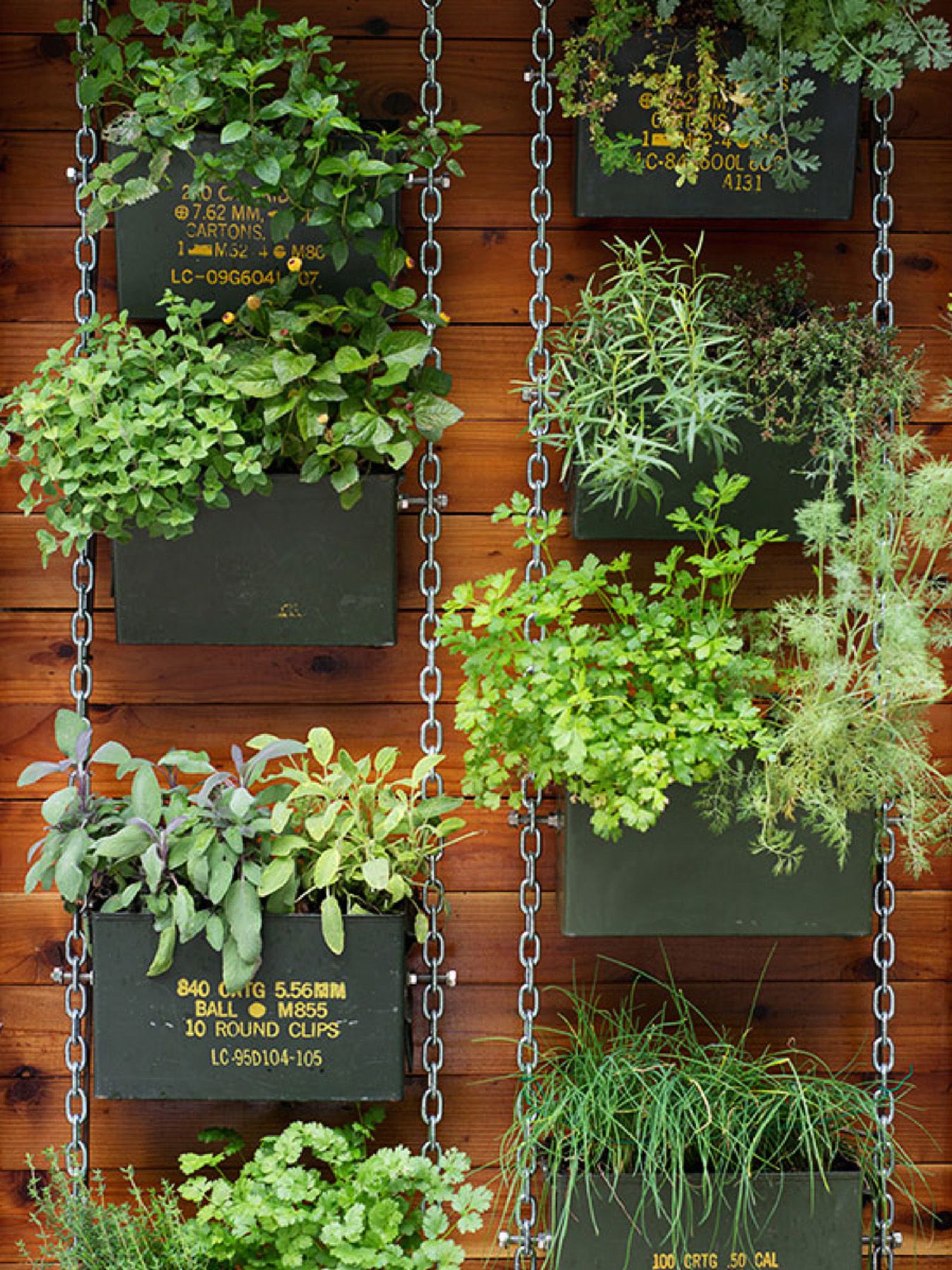Imagine being able to create a lush green oasis right in the heart of a bustling city, where the air is fresh, the birds are chirping, and an array of beautiful native plant species thrive. Vertical Gardens for Native Plant Species Conservation is a groundbreaking solution that aims to not only beautify urban landscapes, but also protect and preserve endangered plant species that are integral to our ecosystem. By utilizing innovative vertical gardening techniques, these gardens provide the ideal habitat for native plants to thrive and create a sustainable environment that benefits both humans and wildlife alike. Step into a world of greenery that goes beyond aesthetics and discover how vertical gardens are revolutionizing conservation efforts and bringing nature back to our concrete jungles.
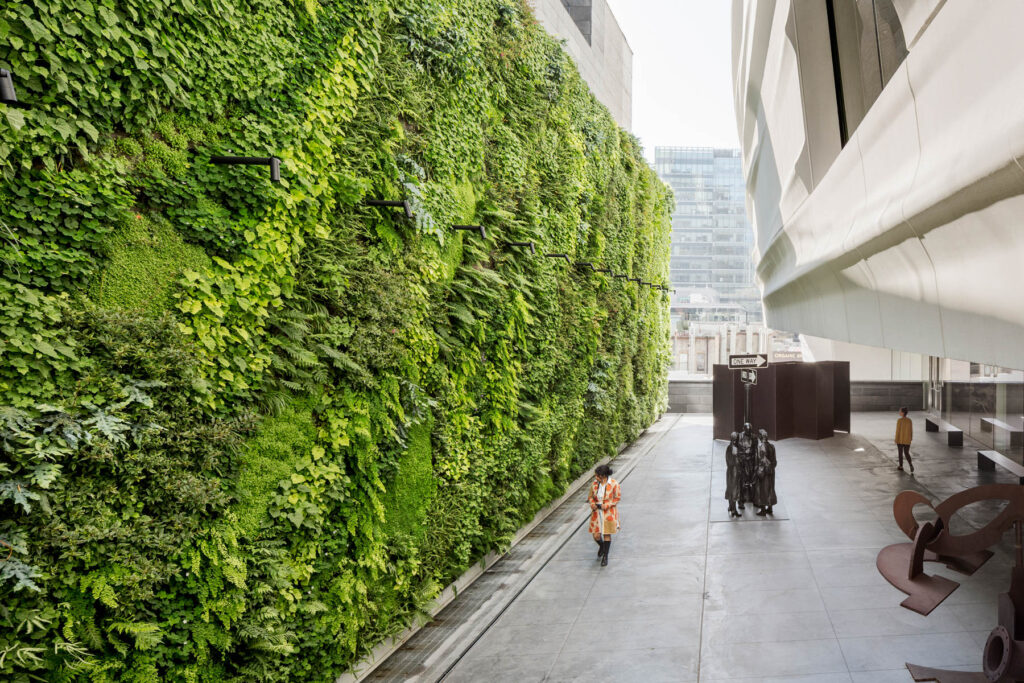
Benefits of Vertical Gardens
Aesthetic Appeal
Vertical gardens, also known as green walls, are not only functional but also add a touch of natural beauty to any environment. By adorning walls with lush greenery, these gardens create a visually stunning and vibrant atmosphere that immediately captures attention and enhances the overall aesthetic appeal of a space. Whether it’s in a residential area or a commercial building, vertical gardens bring life and color to often dull and monotonous surfaces.
Improved Air Quality
One of the significant benefits of vertical gardens is their ability to improve air quality. Plants naturally absorb carbon dioxide and release oxygen through the process of photosynthesis. By incorporating a rich variety of plant species in vertical gardens, pollutants such as volatile organic compounds (VOCs) and particulate matter can be effectively filtered out from the surrounding air. This contributes to a cleaner and healthier environment, leading to improved respiratory health and overall well-being.
Temperature Regulation
Vertical gardens play an essential role in temperature regulation, especially in urban areas with high levels of concrete and asphalt. The evapotranspiration process, where plants release water vapor through their leaves, helps cool the surrounding air. As a result, vertical gardens can significantly mitigate the urban heat island effect, which generally makes cities much hotter than their rural counterparts. By creating a cooling effect, vertical gardens not only provide comfort but also reduce the need for excessive air conditioning, resulting in energy savings and a greener approach to urban living.
Reduced Noise Pollution
In addition to their visual and environmental benefits, vertical gardens also help reduce noise pollution. The foliage of the plants acts as a natural sound absorber, attenuating noise levels and creating a more peaceful and tranquil environment. This is particularly beneficial in urban areas where traffic, construction work, and other sources of noise can be disruptive. Vertical gardens provide a natural barrier and help create a sense of serenity, making them an excellent addition to both residential and commercial spaces.
Challenges in Native Plant Species Conservation
Habitat Loss
Habitat loss is a pressing challenge in the conservation of native plant species. As urban areas continue to expand, precious natural habitats are being destroyed to make way for infrastructure and human settlements. This leads to the displacement and loss of native plant species, disrupting the delicate ecological balance. Vertical gardens present an opportunity to mitigate this challenge by serving as an alternative habitat for these species, promoting their survival and providing refuge in urban environments.
Invasive Species
Another challenge in native plant species conservation is the threat posed by invasive species. Invasive plants are non-native species that outcompete and disrupt the growth of native plants, often resulting in their decline or extinction. Vertical gardens can act as a means to protect and preserve native plant species by providing a controlled environment that prevents the introduction and spread of invasive plants. By carefully selecting native species for vertical gardens, the risk of invasive plant colonization can be minimized, fostering the growth and preservation of indigenous flora.
Climate Change
The increasingly evident impacts of climate change pose a significant challenge for native plant species conservation. Changes in temperature, precipitation patterns, and extreme weather events can disrupt the natural habitats and lifecycles of plants. Vertical gardens offer a potential solution by providing a controlled and adaptable environment. Plants in vertical gardens can be carefully selected to withstand changing climatic conditions, ensuring their survival and promoting the resilience of native plant species in the face of climate change.
Limited Space
With urbanization on the rise, limited space becomes a constraint for conserving native plant species. Traditional conservation methods, such as establishing protected areas, may not always be feasible in densely populated urban areas. Vertical gardens provide a unique opportunity to make use of vertical surfaces, transforming previously underutilized spaces into vibrant and biodiverse habitats. By utilizing vertical space, native plant species can be conserved even in areas where land is scarce, effectively addressing the challenge of limited space in conservation efforts.

Overview of Vertical Gardens
Definition and Concept
Vertical gardens, also known as living walls or green walls, are innovative structures that allow plants to grow vertically on specially designed supports attached to walls or structures. The concept of vertical gardens originated from the need to maximize limited space while incorporating the benefits of plants in urban environments. These gardens can vary in size, from small installations on residential balconies to large-scale installations on high-rise buildings and public spaces. They are designed to support and nurture a diverse range of plant species.
Types of Vertical Gardens
There are several types of vertical gardens, each with its own unique characteristics and design principles. One common type is the panel system, where a grid-like structure is installed on a wall, and plants are placed within individual modules or cells. Another type is the pocket system, where plants are grown in pockets or pouches attached to a wall. These pockets are often made from a breathable fabric that allows for proper drainage and airflow. Additionally, there are freestanding vertical gardens, which are self-contained structures that can be placed indoors or outdoors, providing flexibility in terms of their location and arrangement.
Vertical Gardens in Conservation Efforts
Creating Habitat for Native Plant Species
Vertical gardens offer the opportunity to create new habitats for native plant species in urban areas. By carefully selecting native plant species that are adapted to the local climate and environmental conditions, vertical gardens can serve as refuges and sanctuaries for these species, providing them with a suitable environment to thrive and reproduce. This not only supports the conservation of native plants but also enhances urban biodiversity by attracting beneficial insects, birds, and other wildlife that rely on these plants for food and shelter.
Promoting Biodiversity in Urban Areas
Urban areas often lack the biodiversity found in natural ecosystems. Vertical gardens can play a crucial role in promoting biodiversity by providing a habitat for a wide range of plant species. By incorporating various native plants in vertical gardens, a diverse ecosystem can be established within an otherwise concrete-dominated environment. This promotes the presence of beneficial insects, such as bees and butterflies, which are vital for pollination. In turn, this contributes to the sustainability of urban food production and creates a more balanced and harmonious urban ecosystem.
Complementing Protected Areas
Vertical gardens can complement existing protected areas by acting as extensions of natural habitats. In cases where protected areas are limited in size or face encroachment from urbanization, vertical gardens can serve as stepping stones for native plant species to disperse and migrate, maintaining gene flow and genetic diversity. They can act as green corridors, connecting isolated habitats and facilitating the movement of wildlife, thereby supporting the overall conservation efforts in a landscape.
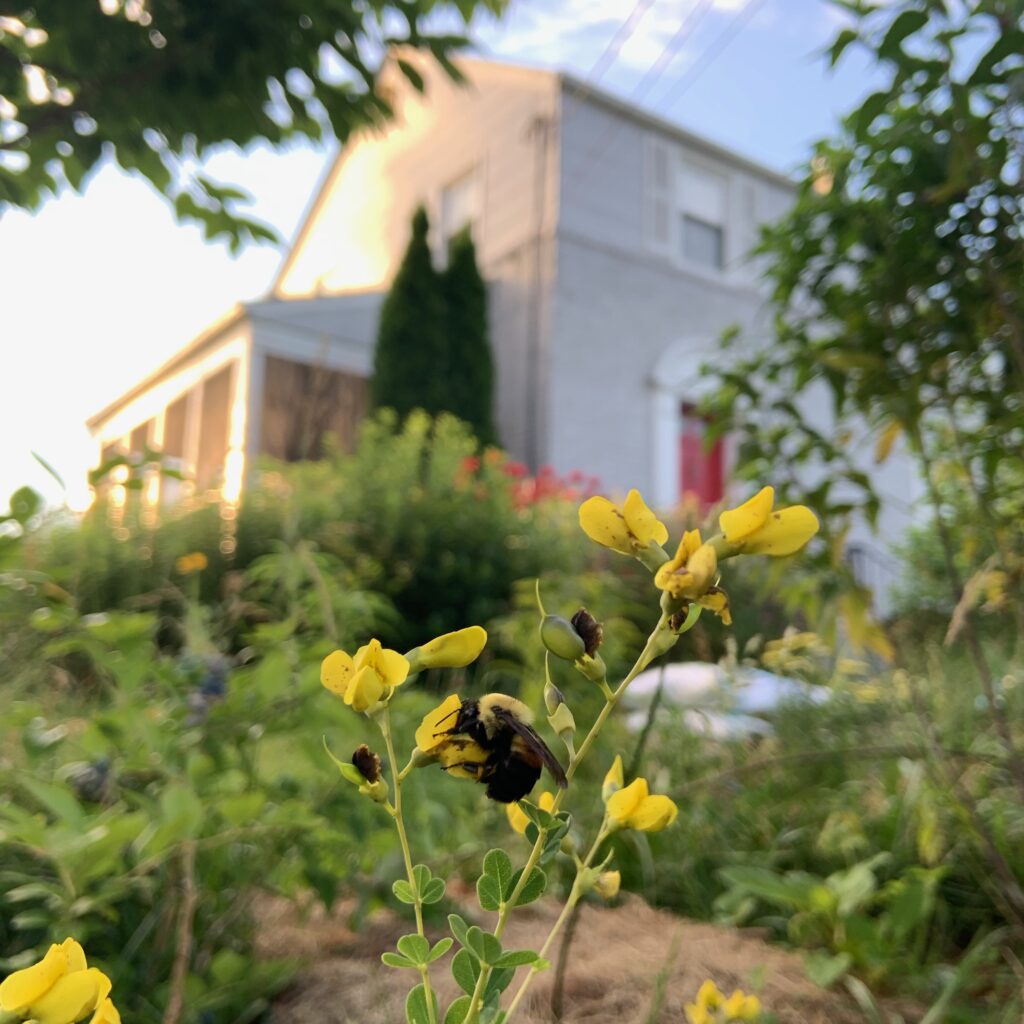
Vertical Garden Design for Native Plant Species
Selecting Native Plant Species
When designing vertical gardens for native plant species, it is essential to select plants that are indigenous to the local area. Native plants are adapted to the local climate, soil conditions, and wildlife interactions, making them more resilient and better suited for long-term survival. By prioritizing native species, the conservation value of vertical gardens is maximized, promoting the preservation of regional biodiversity. Local botanical gardens, nurseries, or conservation organizations can provide guidance on suitable native plant species for a particular region or habitat type.
Understanding Light and Water Requirements
Light and water are critical factors for the successful growth of plants in vertical gardens. It is crucial to understand the light conditions of a specific site and select plants accordingly. Some plants thrive in full sun, while others prefer shady or partially shaded conditions. Similarly, water requirements can vary significantly among plant species, with some needing frequent watering and others being more drought-tolerant. Proper research and consultation with experts can help determine the best plant species for vertical gardens based on their light and water requirements, supporting their long-term health and growth.
Structural Considerations
The structural design of vertical gardens plays a vital role in supporting the growth and stability of the plants. The vertical garden system should be capable of providing structural support and adequate space for plant roots to grow and establish themselves. It should also allow for proper drainage to prevent waterlogging and ensure the health of the plants. When designing a vertical garden, factors such as load-bearing capacity, water supply, and irrigation system should be taken into account to create a sustainable and durable structure that can support the growth of native plant species.
Maintenance and Care for Vertical Gardens
Appropriate Irrigation System
Proper irrigation is crucial for the health and survival of plants in vertical gardens. The irrigation system should be designed to deliver water evenly to all parts of the vertical garden and should be adjustable based on the specific needs of different plant species. Automated irrigation systems, such as drip irrigation or misting systems, can be utilized to ensure consistent and efficient watering. Regular monitoring of soil moisture levels and adjusting the irrigation schedule accordingly will help prevent overwatering or underwatering, ensuring optimal plant growth and health.
Pruning and Trimming
Regular pruning and trimming are necessary to maintain the aesthetic appeal and health of plants in vertical gardens. This involves removing dead or wilted leaves, stems, or flowers, as well as controlling the size and shape of the plants. Pruning and trimming also help improve air circulation within the vertical garden, reducing the risk of diseases and pests. It is important to follow proper pruning techniques and timing for each plant species to avoid damaging the plants and ensure their continued growth and vitality.
Monitoring and Managing Pests
Like any garden, vertical gardens are also prone to pest infestations. Regular monitoring is essential to identify and address pest problems promptly. Integrated pest management techniques should be employed, which combine cultural, mechanical, and biological control methods. Cultural practices, such as maintaining good hygiene and removing weeds, can help prevent pest outbreaks. Physical barriers, such as netting or screens, can be installed to deter pests. Biological controls, such as introducing beneficial insects that prey on pests, can also be effective in managing pest populations. By implementing a holistic approach to pest management, the health and vitality of plant species in vertical gardens can be preserved.
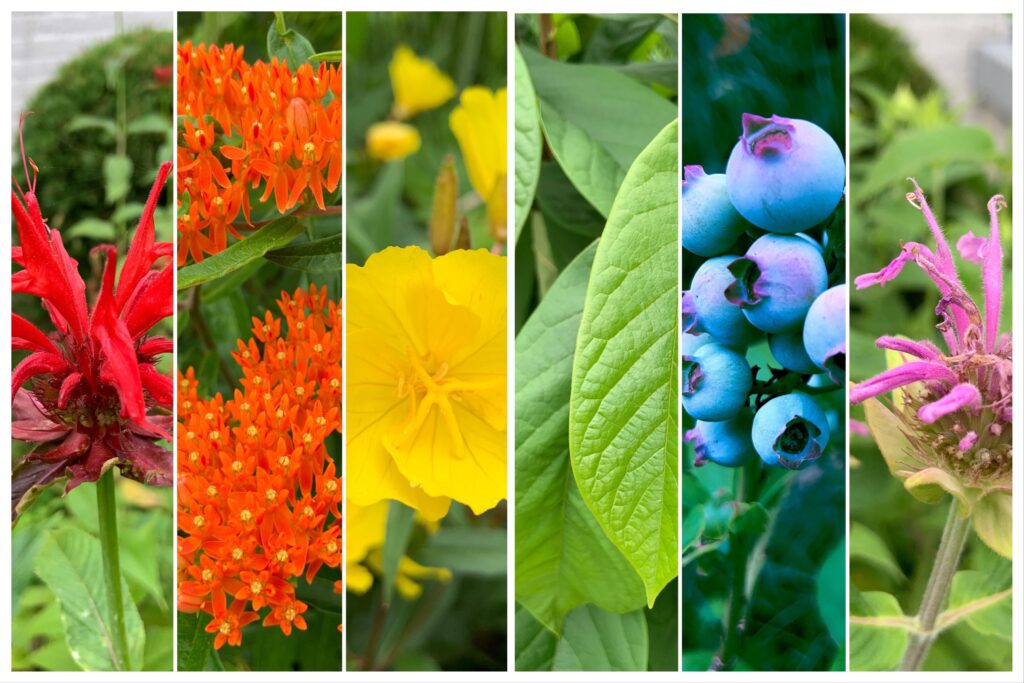
Community Engagement and Educational Opportunities
Involving Local Residents and Organizations
Engaging the local community is essential for the success and sustainability of vertical gardens. Creating opportunities for local residents to actively participate in the design, installation, and maintenance of vertical gardens not only fosters a sense of ownership but also strengthens community bonds. Local organizations, such as environmental groups or gardening clubs, can be valuable partners in implementing and managing vertical gardens. Collaboration with educational institutions, businesses, and local government agencies can further enhance community engagement and support for native plant species conservation through vertical gardens.
Educational Programs and Workshops
Vertical gardens provide an excellent platform for educational programs and workshops focused on native plant species conservation. These programs can include hands-on gardening workshops, informative talks, or guided tours of vertical gardens. By raising awareness about the importance of native plant conservation and the role of vertical gardens, individuals and communities can be inspired to contribute to the preservation of biodiversity. Educational materials and resources should be made available to the public, promoting the understanding and appreciation of native plant species and their ecological significance.
Successful Examples of Vertical Gardens for Native Plant Species Conservation
The High Line in New York City
The High Line, an elevated park built on an abandoned railway line in New York City, serves as an exemplary model of successful vertical gardens for native plant species conservation. This iconic project transformed a derelict urban space into a vibrant green oasis. The design incorporates a diverse range of native plant species, carefully selected to adapt to the challenging urban environment. The High Line not only provides habitat for native plants but also serves as a crucial migration corridor for birds and insects in an otherwise concrete jungle.
The Bosco Verticale in Milan, Italy
The Bosco Verticale, or Vertical Forest, in Milan, Italy, is a groundbreaking architectural project that showcases the integration of large-scale vertical gardens in urban areas. This innovative project features two residential towers covered with a staggering number of trees, shrubs, and plants. The vertical gardens of the Bosco Verticale support a wide variety of native plant species and contribute to carbon sequestration, improved air quality, and temperature regulation. Additionally, the project has become a symbol of sustainable urban development, inspiring similar initiatives worldwide.
The Gardens by the Bay in Singapore
The Gardens by the Bay in Singapore is a horticultural marvel that includes vertical gardens as part of its ambitious conservation efforts. These iconic Supertrees, towering structures adorned with a vertical garden of climbing plants, create a dramatic and visually striking landscape. The vertical gardens not only enhance the aesthetics but also provide habitat for a diverse range of plant species. The Gardens by the Bay serves as a living showcase of sustainable urban horticulture while promoting the conservation of native plant species.
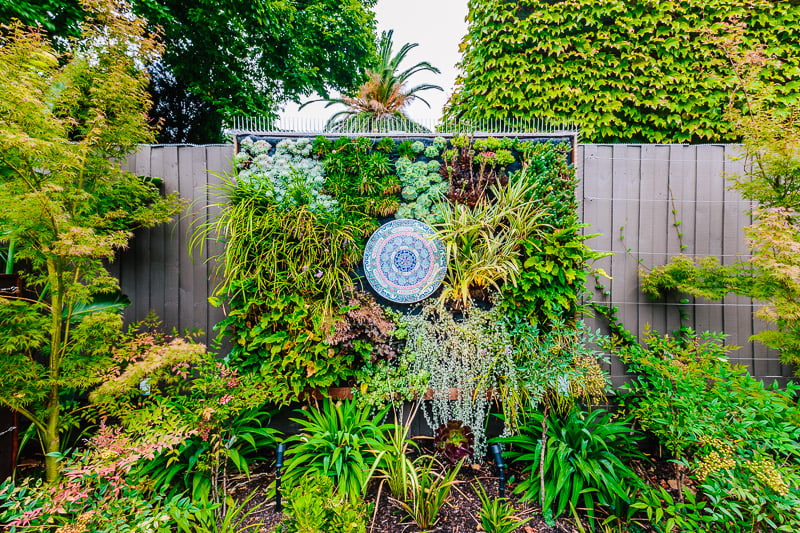
Evaluating the Effectiveness of Vertical Gardens for Conservation
Monitoring Native Plant Species Survival and Growth
To evaluate the effectiveness of vertical gardens for native plant species conservation, monitoring the survival and growth of plant species is crucial. Regular assessments should be conducted to determine the overall health and vitality of the plants. This can include measuring plant density, assessing leaf condition, and tracking flowering and fruiting rates. By comparing the performance of native plant species in vertical gardens to their performance in natural habitats, valuable insights can be gathered to assess the success of vertical gardens in supporting plant survival and growth.
Assessing Biodiversity Impact
Vertical gardens have the potential to enhance biodiversity in urban areas. Assessing the impact of vertical gardens on biodiversity involves monitoring the presence and abundance of wildlife, such as insects, birds, and small mammals. This can be done through surveys, observations, and camera trapping. By documenting the diversity and species composition of wildlife in and around vertical gardens, the effectiveness of these structures in promoting urban biodiversity can be evaluated.
Long-term Sustainability
The long-term sustainability of vertical gardens for native plant species conservation is a key aspect to consider. This includes assessing factors such as water usage, energy consumption, and maintenance requirements. Vertical gardens that rely on sustainable irrigation methods, utilize renewable energy sources, and require minimal ongoing maintenance demonstrate their potential for long-term conservation impact. By analyzing the environmental footprint and economic viability of vertical gardens, their effectiveness and sustainability can be critically evaluated.
Conclusion and Future Directions
Vertical gardens offer a promising solution to the challenges faced in native plant species conservation. From their aesthetic appeal to their contribution to improved air quality and biodiversity, vertical gardens provide multifaceted benefits for urban environments. By creating habitats for native plants, promoting biodiversity, and complementing protected areas, vertical gardens play a vital role in urban conservation efforts. With careful design, maintenance, and community engagement, vertical gardens have the potential to contribute significantly to the preservation and restoration of native plant species. As awareness grows and technological advancements continue, the future of vertical gardens for native plant species conservation looks promising, paving the way for greener and more sustainable urban landscapes.

